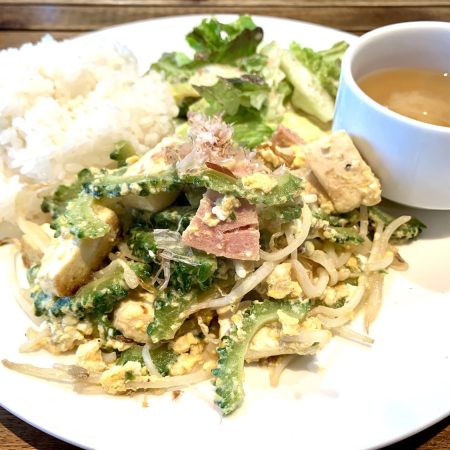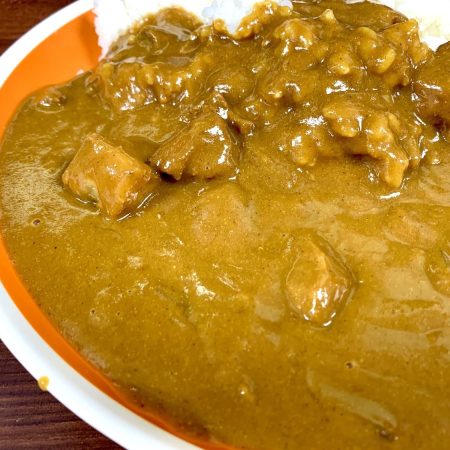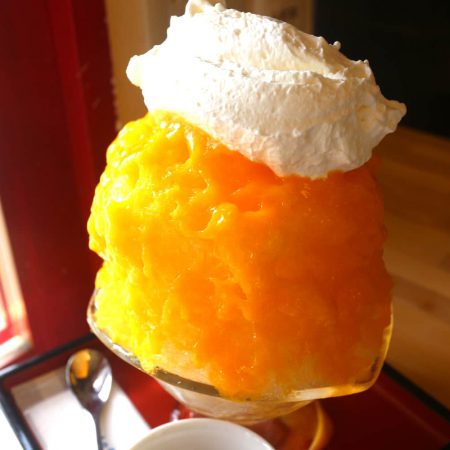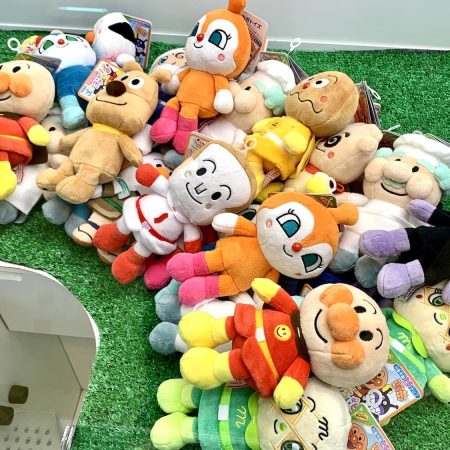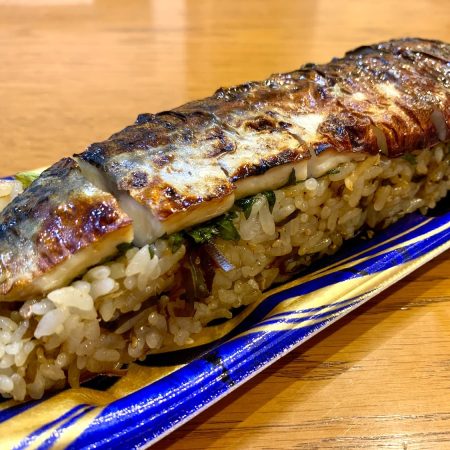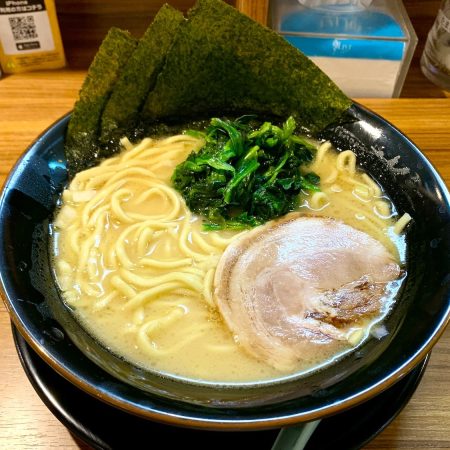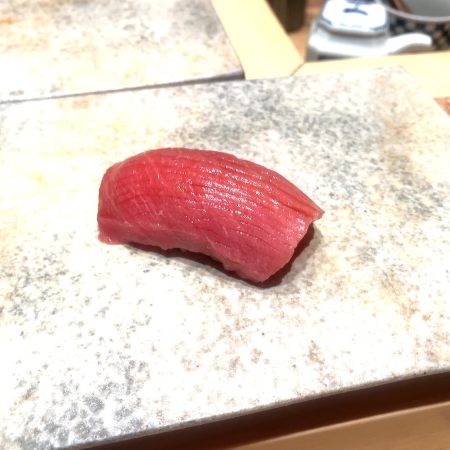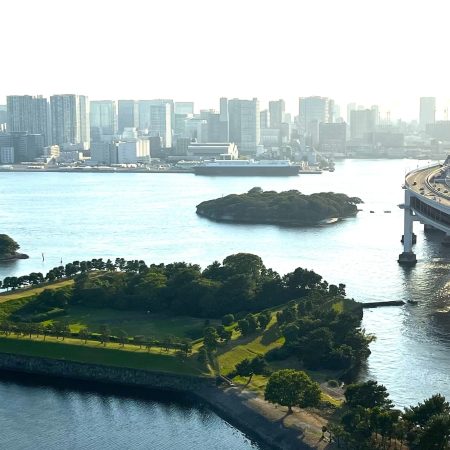Oshogatsu, also known as New Year’s, is the most important holiday in Japan. During this time, many Japanese people return home to spend time with loved ones and participate in various traditional customs. The term “Shogatsu,” which refers to the month of January, is respectfully referred to as “Oshogatsu” with the addition of the honorific particle “O”. The period from New Year’s Day to the seventh day is particularly significant.
Before the New Year begins, a bonenkai, or “forget-the-year party,” is held to celebrate the end of the year with food and drink, and to reflect on the events of the past year. In December, the Japanese participate in “the big cleaning,” in which they carefully clean their homes, offices, and businesses in preparation for the New Year.
On New Year’s Day, it is believed that every household is visited by Toshigami, the god of fertility and a good harvest, who brings good luck for the coming year. Homes are decorated with pine, bamboo, and plum trees to welcome Toshigami.
People greet each other with the phrase “akemashite omedetogozaimasu,” which means “happy New Year.” The first day of the year is often marked by “hatsu-hinode,” the first sunrise, which is believed to be the moment when Toshigami arrives. It is customary to visit a shrine or temple during “hatsu-mode” within the first three days of the new year to express gratitude and pray for safety and good fortune in the coming year.



